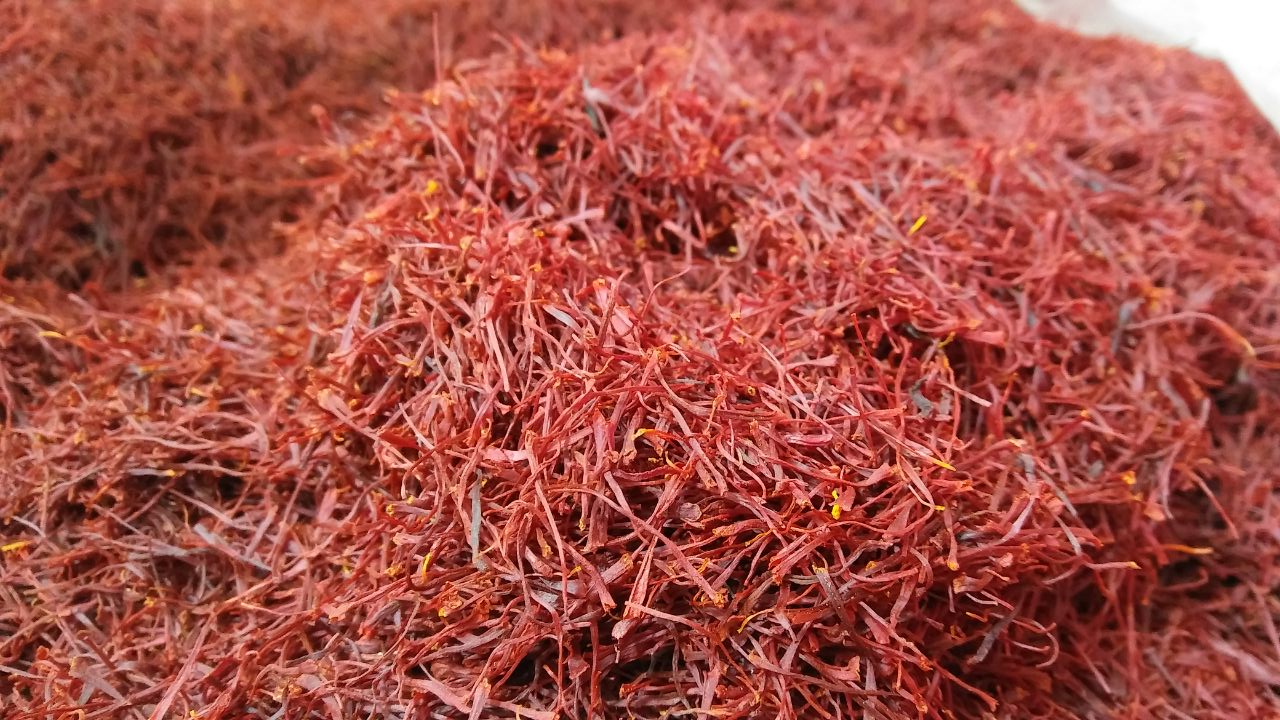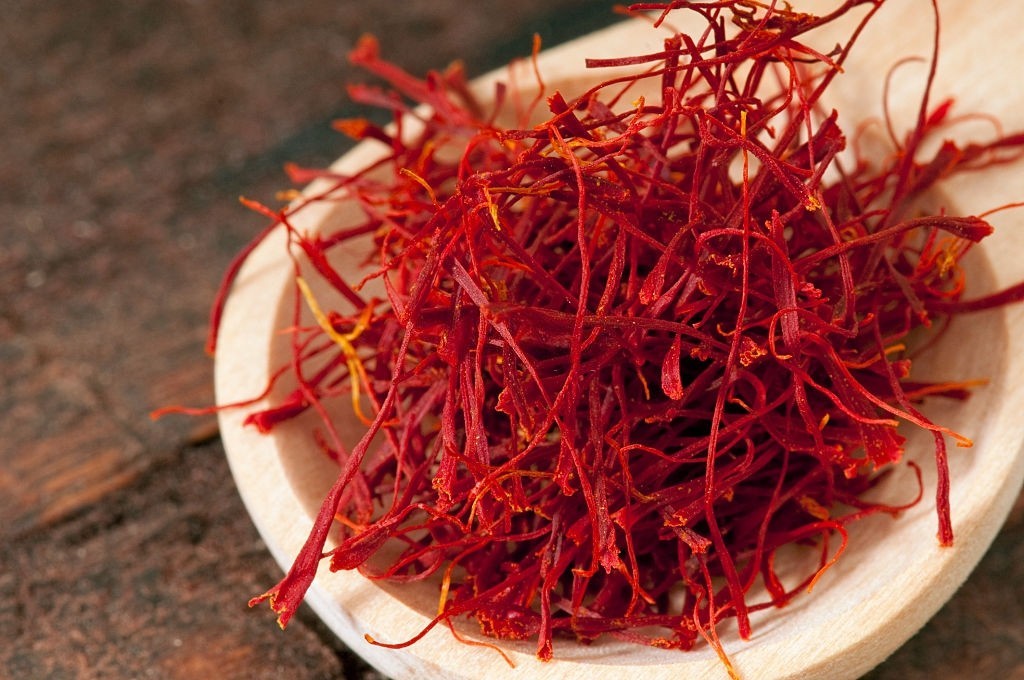Saffron, often called “red gold,” is cherished for its unique flavor, vibrant color, and potential health benefits. But for some, saffron might cause more harm than good. If you’ve ever wondered, “Could I be allergic to saffron?”—you’re not alone.

Understanding Saffron Allergy: What You Need to Know
Saffron is derived from the stigmas of the Crocus sativus flower, and while it’s generally safe, it can trigger allergic reactions in sensitive individuals. Though rare, saffron allergies do exist, and the symptoms can range from mild to severe.
Common Signs of a Saffron Allergy
If you’re experiencing any of the following symptoms shortly after consuming saffron, you may be allergic:
-
Skin rash or itching
-
Hives or redness
-
Nausea or vomiting
-
Swelling of the lips, tongue, or throat
-
Difficulty breathing or wheezing
-
Dizziness or fainting (in severe cases)
In more serious cases, saffron can trigger anaphylaxis, a life-threatening allergic reaction that requires immediate medical attention.
What Causes a Saffron Allergy?
Saffron contains picrocrocin, safranal, and crocin, all of which give the spice its unique aroma, flavor, and color. These compounds can act as allergens for certain individuals, especially those with sensitivities to pollen, lilies, or other flowering plants in the Iridaceae family.
Cross-reactivity with other allergens is also possible. If you’re allergic to ragweed, tulips, or grasses, your immune system might also react to saffron.
Should I Stop Using Saffron?
If you suspect you have an allergy, stop using saffron immediately and consult with an allergist. They may perform a skin prick test or blood test to determine if saffron is the trigger. Avoid consuming dishes that might contain saffron—especially in restaurants or packaged foods—until you’re sure.
Alternatives to Saffron
There are a few natural and safe substitutes for saffron that can mimic its color and flavor, including:
-
Turmeric: Less fragrant but provides a similar golden hue
-
Annatto: Often used in Latin American cuisine for color
-
Safflower: Mild flavor, looks similar in rice and broth
Always check labels and inform food handlers of your allergy concerns when dining out.
Final Thoughts: Know Your Body, Stay Safe
Saffron may be a luxurious addition to many dishes, but your health always comes first. If you’ve noticed odd reactions after eating saffron-infused meals or using saffron supplements, don’t ignore the signs. Allergies can develop at any age—even if you’ve used saffron before without problems.
When in doubt, speak to a healthcare provider, get tested, and explore safer alternatives. Your well-being is worth far more than any spice.






